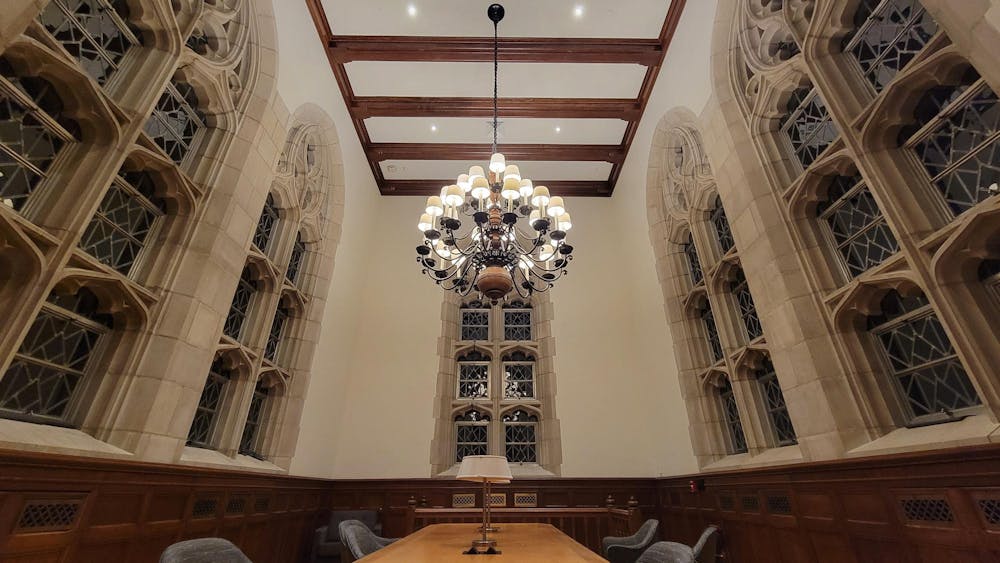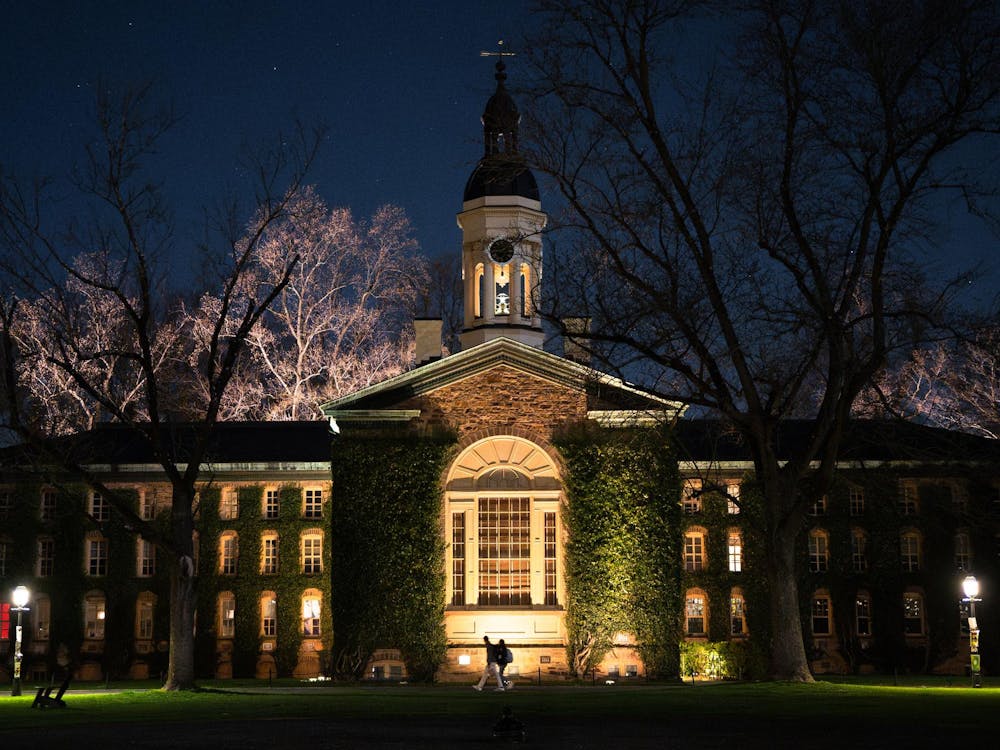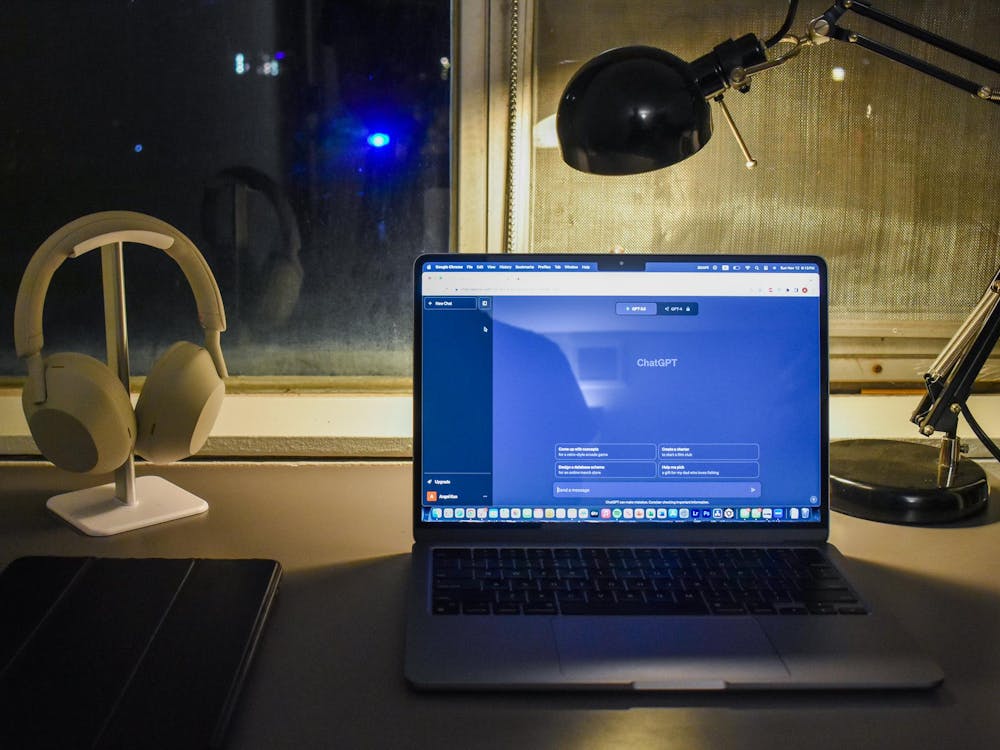As an institution that values global service and cultural interconnectedness, the University must expand academic opportunities for students to study South Asia — a topical region for policy, economics, politics, and more. Although a South Asian Studies (SAS) minor exists, it is nowhere near as robust as other regional studies' programs. Princeton must expand SAS into one that is at least comparative in scope to others, or even designate the program as a major of its own.
South Asia’s presence in the global limelight has rapidly expanded, but Princeton’s course offerings simply haven’t kept up. The region’s economies are some of the fastest growing in the world, and top economic journals have commended how India continues to “shape global technological, cultural, and economic trends.” Even within the United States, the significance of South Asia and its people is on a quick uptick. Our population is rising rapidly and we are increasingly attaining global representation, with even the 2024 Democratic Presidential nominee being of Indian descent. Foreign policy initiatives towards the region are gradually gaining relevance, too, in light of India’s strategic alliances with both the United States and Russia.
Yet, despite this all, the SAS program has minimal offerings compared to other regional studies. Take the number of course offerings for the 2024–25 fall semester: The SAS program only offers two. It’s the culmination of consecutive decreases in offerings over the past three years and the lowest number in the past four. In contrast, the East Asian Studies and Near Eastern Studies departments maintain well over 30 course options each. To be fair, these two departments offer majors, so they naturally provide an expanded range of offerings. Yet Latin American Studies and African Studies, which only award minors in a similar vein to SAS, are offering 29 and 13 courses respectively. There’s no good justification for this clear discrepancy in course offerings.
The shortage of courses is not for a lack of content; there is plenty of SAS content that Princeton should teach but doesn’t. For example, while the Language Requirement is a core part of A.B. students’ studies, the only South Asian languages that Princeton currently offers are Hindi and Urdu. Though these languages are not directly listed under the SAS curriculum, an expansion of the number of South Asian languages offered would only support expanding the SAS program. There are plenty of other South Asian languages that are more widely spoken than some of Princeton’s other language offerings, like Korean, Hebrew, or Polish. Princeton could teach Bengali, Marathi, Telugu, or Tamil, which are all among the top 20 most spoken languages in the world. Opportunities to study these languages could benefit students interested in a wide range of careers, such as business, politics, diplomacy, or non-profit work.
Princeton’s course offerings in South Asian history and religion similarly have room for growth. The South Asian peninsula’s history stretches back thousands of years, yet Princeton’s program mainly focuses on the colonial and post-colonial years. What about the “Indianization” of Southeast Asia? Or a closer look at the commodities that eventually fueled imperialism? And while religious studies have concerted focuses on major religions in the area, like Buddhism and Islam, there are notable gaps in the study of Hinduism (the world’s third largest religion), much less Sikhism, Jainism, or Zoroastrianism.
Beyond its evident practicality or the financial return that SAS knowledge might confer, the University should expand SAS opportunities for students pursuing intellectual enrichment for its own sake. During such a transformative period of their lives, students should have meaningful opportunities to engage their ethnic and cultural identities. South Asian students make up a sizable sub-portion of the 34 percent Asian undergraduate population, and for many of us, the pure intellectual pursuit of South Asia is more than worthwhile. A more robust SAS program would enable us to explore our cultural identities — which vary enormously, even if our lineage traces back to the same peninsula — in an academic setting. However, the ability of students to undertake that exploration is primarily contingent on a broader variety of course offerings.
Research corroborates the importance of ethnic studies for students of the said ethnicity. In a 2011 study, CSU Monterey Bay Professor Emerita Christine Sleeter notes how ethnic studies that develop Black students’ racial identity bolstered their sense of agency, and “indigenous students responded well to a curriculum designed around their culture and language.” Across the world’s cultural tapestry, it’s intellectually stimulating and personally empowering to put your own culture under the microscope.
An ostensible lack of interest in the program doesn’t mean South Asian students don’t want to examine their culture. Considering how South Asian extracurricular groups foster cultural community and identity, evidently, we are not disinterested in our culture. Rather, extending that community and identity into the classroom is the logical next step.
But the SAS program should and must be for all students. A more comprehensive program will foster intercultural dialogue and understanding. As my colleague Siyeon Lee suggested, “What better way is there to become more humanistic — and in turn, ‘serve humanity’ — than to deeply engage with both the joys and sufferings of communities that aren’t your own?” That, however, is contingent on a more robust program.
Furthermore, a comprehensive SAS program isn’t just an ideal; it’s a precedent set by peer institutions. UC Berkeley boasts a sweeping institute on South Asian Studies. Our fellow Ivies Harvard and Yale maintain an extensive department program and center, respectively.
Though, certainly, the minor’s student enrollment is small, that alone is no reason to keep SAS offerings meager. In fact, it’s all the more reason to invest in growing the program. After all, a department or program’s popularity should not dictate its diversity of offerings. Consider majors like French and Italian, Slavic Languages and Literatures, or German (cultural studies in their own right), which altogether garnered 10 concentrators in the Class of 2024, but still exist as fully functional major departments with a slew of courses and opportunities. While these departments are primarily focused on language study and South Asian Studies functions as a more interdisciplinary program, the University has set clear precedent for supporting expansive courses of study irrespective of student enrollment. It is inequitable that Princeton doesn’t give South Asian Studies the same treatment as these other programs.
By increasing avenues for exploration of South Asia, Princeton can further help stimulate more interest among the student body. A vicious cycle of low student interest might stem from the program’s size and limited offerings. The power lies in the University’s hands to strengthen SAS and create a virtuous cycle, where funding the program encourages students to participate in it, stimulating further growth and funding. Reinforcing SAS at Princeton will be attainable, successful, and by extension, will garner more students’ interest.

Princeton must recognize the merits of a stronger South Asian Studies program — or better yet, a major— that is on par with the other regional studies that the University offers. Such a step both benefits SAS as a discipline and will challenge the University to re-evaluate opportunities that it provides to explore many more of the world’s regions and cultures.
Rishi Subramanian is a contributing opinion writer for the ‘Prince.’ He intends to study Electrical and Computer Engineering and is from Johns Creek, Ga. He can be reached at rishisubr[at]princeton.edu.








